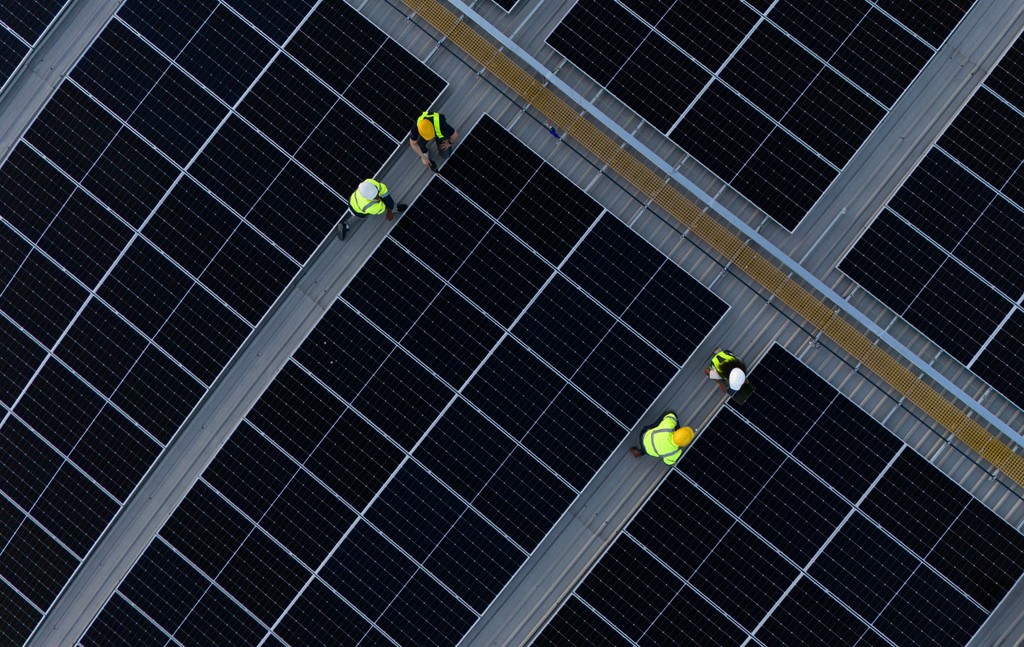Accelerating Clean Energy Transition in the Philippines
Key Ideas
- Solar power is currently the cheapest source of electricity generation in the Philippines, with significant potential to reduce reliance on imported fuels and enhance energy security.
- 2025 marks a crucial year for the Philippines to speed up the decarbonization of its power sector as part of its commitment to the Paris Agreement.
- The report highlights that solar paired with batteries and onshore wind paired with batteries are becoming more economically viable than new gas and coal-fired power plants, contributing to a cleaner and more affordable energy mix.
- The Philippines has untapped geothermal and offshore wind potential, with ambitious targets set to increase their contribution to the energy mix alongside solar and wind power.
BloombergNEF's report emphasizes the significance of accelerating the transition towards clean and affordable electricity in the Philippines. The study indicates that solar power currently stands out as the most cost-effective energy source in the country, offering the potential to decrease dependence on imported fuels and elevate energy security. Importantly, 2025 serves as a pivotal moment for the Philippines to advance the decarbonization of its power sector, aligning with its responsibilities under the Paris Agreement.
Furthermore, the research underscores the economic viability of solar power paired with batteries, which is poised to outperform newly constructed gas and coal-fired power plants. Similarly, onshore wind combined with energy storage is projected to become more competitive than new thermal plants by 2032, promoting a shift towards a cleaner and more affordable energy landscape.
The report points to the untapped geothermal and offshore wind resources in the Philippines. Although geothermal and offshore wind technologies currently have higher generation costs compared to solar and onshore wind, their unique generation profiles complement other renewable sources. By setting ambitious targets for geothermal and offshore wind, the country aims to diversify its energy mix and enhance sustainability.
Renewables, including hydroelectric power, accounted for 23% of the Philippines' electricity supply in 2024. BloombergNEF's Net Zero Scenario envisions renewables, particularly solar and wind, supplying 74% of the country's electricity by 2050. This transition not only strengthens energy security but also plays a vital role in emissions reduction, aligning with global sustainability goals.
Topics
Utilities
Renewable Energy
Energy Security
Solar Power
Energy Storage
Decarbonization
Electricity
Geothermal Energy
Wind Power
Latest News
